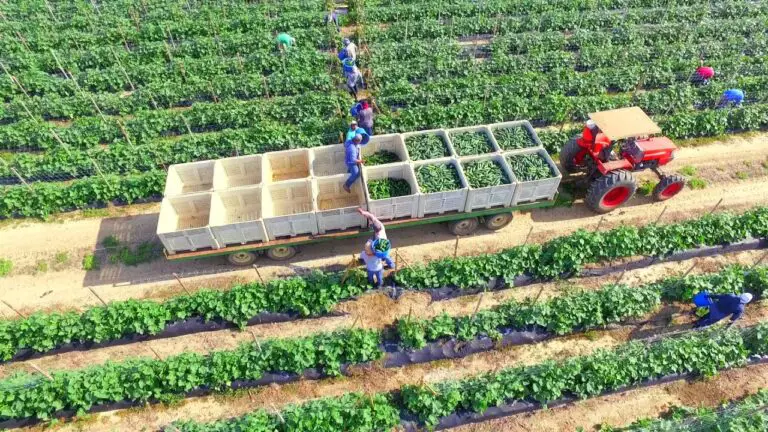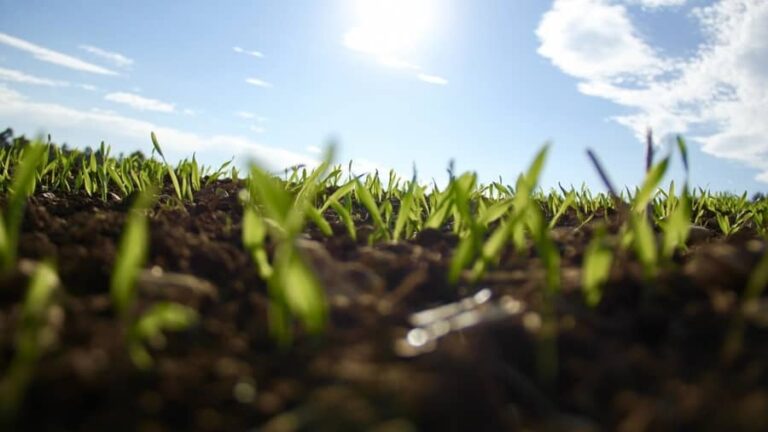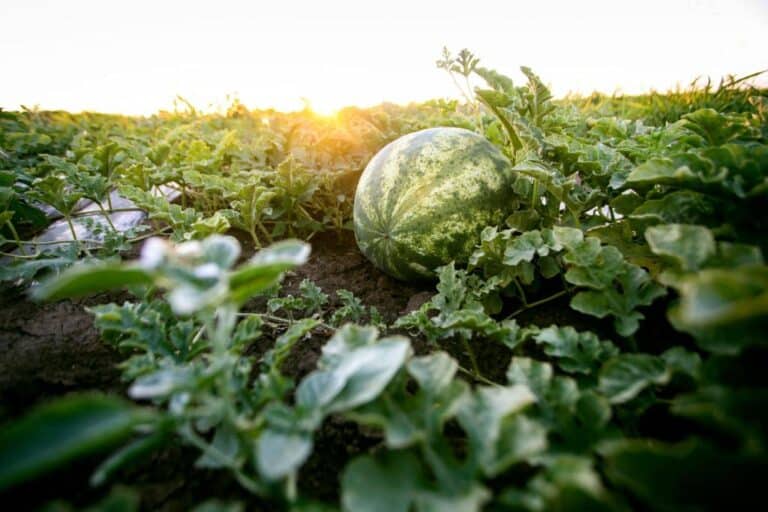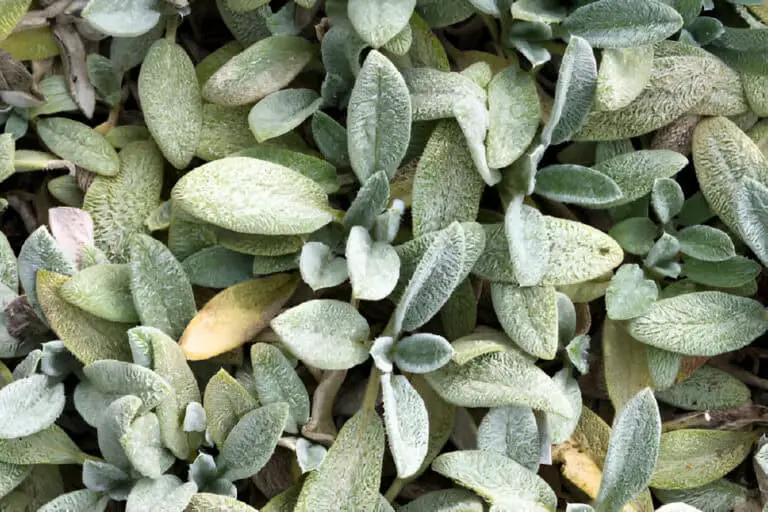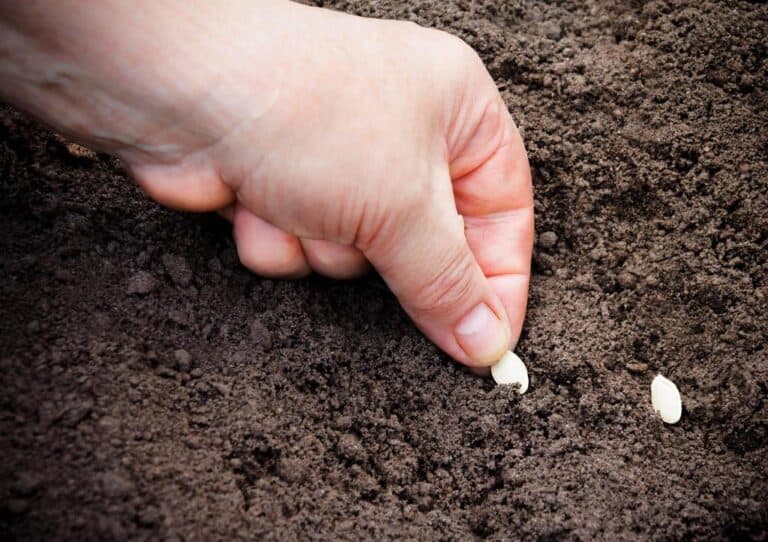Are Gala Apples Self Pollinating? How to Hand-Pollinate Gala Apples
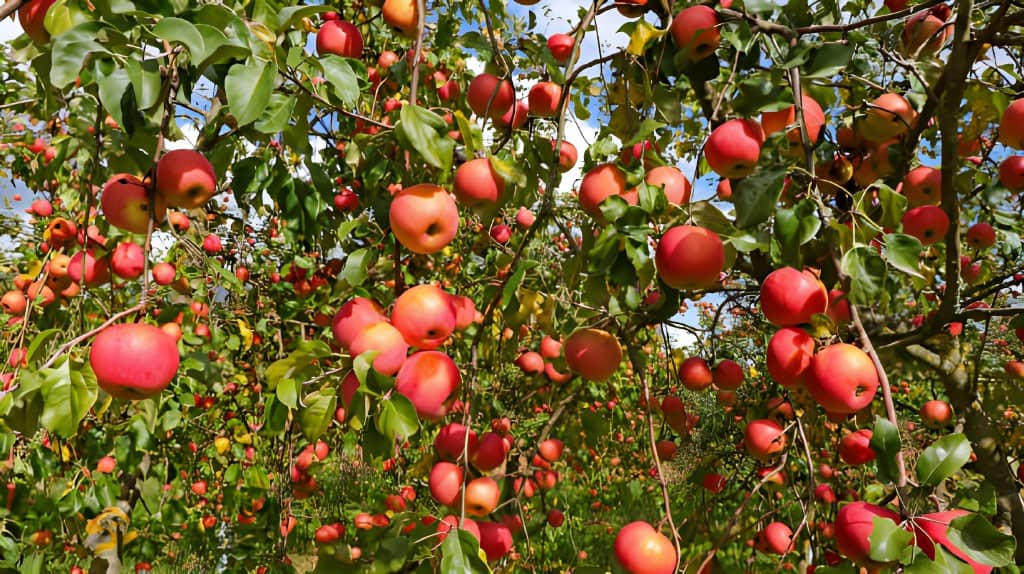
The sweetness of biting into a crisp, juicy Gala apple is a delight that many fruit lovers savor. However, have you ever wondered how these delectable fruits actually come to be? The secret lies in the fascinating process of pollination.
When it comes to apples, one question that often arises is whether Gala apples are self-pollinating. Or if they require cross-pollination with another apple variety.
In this article, we will delve into the intriguing world of pollinators and explore whether Gala apples are self-pollinating or not. We will also show home gardeners how to hand-pollinate if natural pollinators are scarce.
Whether you’re eager to cultivate your own mini orchard or simply curious about nature’s intricate processes, stick around as we uncover all there is to know about growing vibrant and luscious Gala apples!
Self-Pollinating and Hand-Pollinating: An Introduction
Pollination is crucial for fruit production. It involves the transfer of pollen from the male parts of a flower to the female parts. This leads to fertilization and eventually the development of fruits.
Self-pollination occurs when an apple tree can successfully transmit pollen from its own flowers to its own stigma, the part that receives pollen. In contrast, cross-pollination involves transferring pollen from one apple variety’s flowers to another variety’s stigma.
Some varieties rely solely on cross-pollination due to their unique genetic makeup. Others possess both self- and cross-pollinating capabilities. Understanding which category Gala apples fall under can help home gardeners determine whether additional planting arrangements or hand-pollination techniques are necessary for successful harvests.
Are Gala Apples Self-Pollinating?
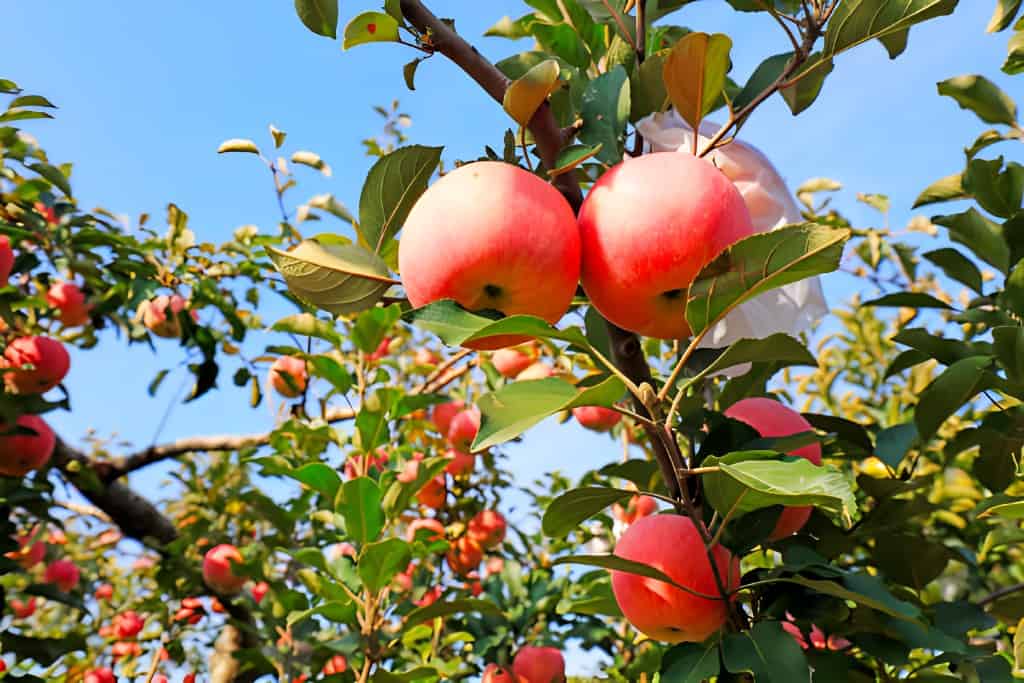
Gala apples are not considered self-pollinating. They fall into the category of self-unfruitful varieties, which means they require a different apple tree variety for cross-pollination to produce fruit successfully.
Some apple trees have both male and female reproductive organs within their flowers. In Gala apples, they do not have this characteristic. In order to set a good crop of fruit, they need pollen from another compatible apple tree.
The specific nature of Gala apple trees’ pollination needs is tied to their genetic makeup. Like many other cultivated apple varieties, Galas are hybrids that have been bred for desirable traits such as taste and appearance. However, during the hybridization process, certain characteristics related to pollination can be lost or weakened.
These hybrids often become dependent on other varieties for successful pollination due to their limited viability or compatibility with their own pollen.
Therefore, when planting Gala apple trees in your garden or orchard, consider having at least one compatible pollinator nearby. A good pollinator for your Gala tree should bloom around the same time and be in a different but intersecting bloom group. By doing so, you’ll increase the chances of successful cross-pollination and enjoy a bountiful harvest from your Gala apple tree.
Factors Affecting Natural Pollination
When it comes to the natural pollination of Gala apple trees, certain factors can play a crucial role in the success of this process. Weather conditions, proximity to other compatible apple tree cultivars, and the availability of bees or other insect pollinators are all important considerations.
Firstly, weather conditions can greatly impact pollination. Apple trees require warm temperatures for successful pollination and fruit set. If there are prolonged periods of cold or wet weather during the flowering stage, it can hinder bee activity and pollen transfer between flowers.
Another factor to consider is the proximity to other compatible apple tree cultivars. While Gala apples are self-unfruitful (meaning they cannot fertilize their own flowers), they still need cross-pollination from another apple variety to yield fruits successfully.
Having at least one compatible apple tree nearby – such as Golden Delicious or Granny Smith – ensures that there will be ample pollen available for effective fertilization.
Lastly, the availability of bees or other insect pollinators is vital for natural pollination. Bees play a significant role in transferring pollen between flowers by visiting different blossoms in search of nectar.
However, if you live in an area with limited bee populations or encounters environmental challenges affecting these insects’ ability to thrive (such as pesticide use), hand-pollinating your Gala apple tree may become necessary for fruitful production.
| Also see: Are Fuji Apples Self Pollinating? |
Signs That Manual Hand-Pollination Might Be Needed
If you notice a lower number of flowers or fruits compared to what you would expect, it may be an indication that manual hand-pollination is necessary. Gala apples are considered self-fertile and often rely on cross-pollination for optimal fruit production. Other factors, such as the limited availability or accessibility of natural pollinators, can hinder the process.
Natural pollinators like bees are vital for transferring pollen from the male parts (anthers) to the female parts (stigma) of apple blossoms. However, you may have a lack of sufficient natural pollinator activity in your area. Environmental factors or limited habitat space could result in fewer flowers being successfully fertilized. This could result in fewer fruits developing on your Gala apple tree.
Perhaps the number of natural pollinators present in your garden or orchard may not be enough to adequately pollinate all the blossoms on your trees. This can lead to an uneven fruit set and result in a lower overall yield. In these situations, helping the pollination process by hand with hand-pollination techniques can greatly increase fruit production and make each harvest better.
Now let’s explore how you can easily carry out hand-pollination for your Gala apple trees!
| See also: How to Hand-Pollinate a Lemon Tree |
Step-By-Step Guide on How to Hand-Pollinate a Gala Apple Tree:
Step 1. Identifying male and female flower parts:
To successfully hand-pollinate your Gala apple tree, you need to understand the anatomy of its flowers. Apple trees have both male and female reproductive organs within the same blossom, making them self-compatible but not self-fertile. The male parts consist of stamens that produce pollen grains, while the female part is known as the pistil which includes the stigma (where pollen lands), style (connects stigma to ovary), and ovary (contains ovules).
Step 2. Collecting pollen from one tree:
The first step in manual pollination is collecting pollen from a healthy donor tree. Early morning or late afternoon, when temperature and humidity are at their optimal levels for pollination, are ideal times for this process.
Gently tap or shake some mature clusters of anthers on fully opened blossoms to release dry pollen onto a clean tray or sheet without damaging the surrounding petals.
Step 3. Transferring the pollen onto another tree’s stigma (cross-pollination):
Use a small, fine brush or cotton swab. Lightly collect some of the loose dry powdery golden-yellow pollen from your collection tray/swab surface. Gently brush across it with the chosen tool, sparsely covered in powder.
Carefully transfer this collected pollen to receptive stigmas found in open blossoms on another Gala apple tree by dabbing it lightly and carefully onto each stigma.
Tips for Effective Hand-Pollination Techniques
When performing hand-pollination for better fruit set in Gala apple trees, there are several key factors to consider:
1. Timing: Perform hand-pollination during peak bloom when flowers are most receptive.
2. Weather conditions: Choose calm days without wind or rain as these can scatter or wash away precious pollens before they reach their target.
3. Pollen source selection: Use high-quality apples, preferably from healthy and disease-resistant trees to ensure successful pollination.
4. Frequency: Repeat hand-pollination every few days during the blooming period to increase chances of successful fertilization.
By following these steps and tips, you can enhance the fruit set in your Gala apple tree even when natural pollinators may be limited. Take joy in nurturing the growth of your apple tree as you witness its blossoms develop into delicious fruits!
| Also see: Are Honeycrisp Apples Self Pollinating? |
Additional Tips for Promoting Successful Pollinations
Planting companion plants that attract beneficial insects can greatly increase the likelihood of successful pollination in your apple orchard. Bees, butterflies, and other insects play a crucial role in transferring pollen from one flower to another. You need to create an environment rich in nectar and pollen sources so you can attract these helpful creatures to your garden.
Some examples of companion plants that are known to attract pollinators include lavender, borage, marigolds, and wildflowers. Your apple trees benefit from increased pollinator activity, and at the same time, you’ll also have a beautiful and vibrant garden.
For apple tree pollination to work, you need to make an environment that attracts pollinators. Provide shelter and nesting sites by incorporating native flowering shrubs or planting hedgerows around your orchard. These habitats provide refuge for beneficial insects. They also serve as windbreaks, protecting delicate blossoms from strong gusts that could disturb the transfer of pollen.
Proper care and maintenance of apple trees are vital for optimal pollination outcomes. You need to regularly prune and thin branches to promote good airflow throughout the tree canopy. This keeps air from getting stuck in places where pests could thrive and makes it easier for bees and other flying insects to visit.
Also, make sure you water your plants the right way during times of drought stress. Trees that are properly hydrated have healthier flowers with lots of pollen that can be used for cross-pollination.
Conclusion
In conclusion, Gala apple trees are not self-pollinating and require cross-pollination with a compatible apple variety to produce fruit. Common pollinators such as bees, flies, and wind can help facilitate this process, but in cases where natural pollinators may be limited or absent, hand-pollination is an effective solution.
If you find yourself in a situation where natural pollinators are scarce or your Gala apple tree is not producing sufficient fruit despite having a nearby apple variety for cross-pollination, don’t be discouraged! Hand-pollination is a straightforward technique that can ensure successful fertilization and increase the chances of obtaining ample yields.
By following the simple steps outlined above and taking the time to hand-pollinate your Gala apple tree when needed, you’ll not only gain control over its reproductive cycle but also contribute to its overall health and productivity. So why not give it a try? Embrace the role of nature’s assistant and enjoy an abundance of delicious Gala apples straight from your own orchard!
FAQs
Is it necessary to hand-pollinate Gala apples?
Yes, it’s advisable. While Gala apples have self-pollinating qualities, hand-pollinating ensures optimal fruit set and a more abundant harvest.
Can Gala apples be grown without other apple trees nearby?
Ideally, it’s beneficial to have other apple trees nearby for cross-pollination. While Gala apples can self-pollinate, the presence of pollinators or nearby apple varieties improves yield.
What time of year is best for hand-pollinating Gala apples?
Spring, during the bloom period, is the ideal time for hand-pollination. This is when the flowers are most receptive to pollen transfer.
Do Gala apple trees attract natural pollinators?
Yes, Gala apple trees attract bees and other pollinators. However, supplemental hand-pollination can further enhance the pollination process.
How does hand-pollination benefit Gala apple quality?
Hand-pollination ensures more controlled and efficient fertilization, resulting in improved Gala apple quality. It leads to uniform fruit development and a more satisfying harvest.

